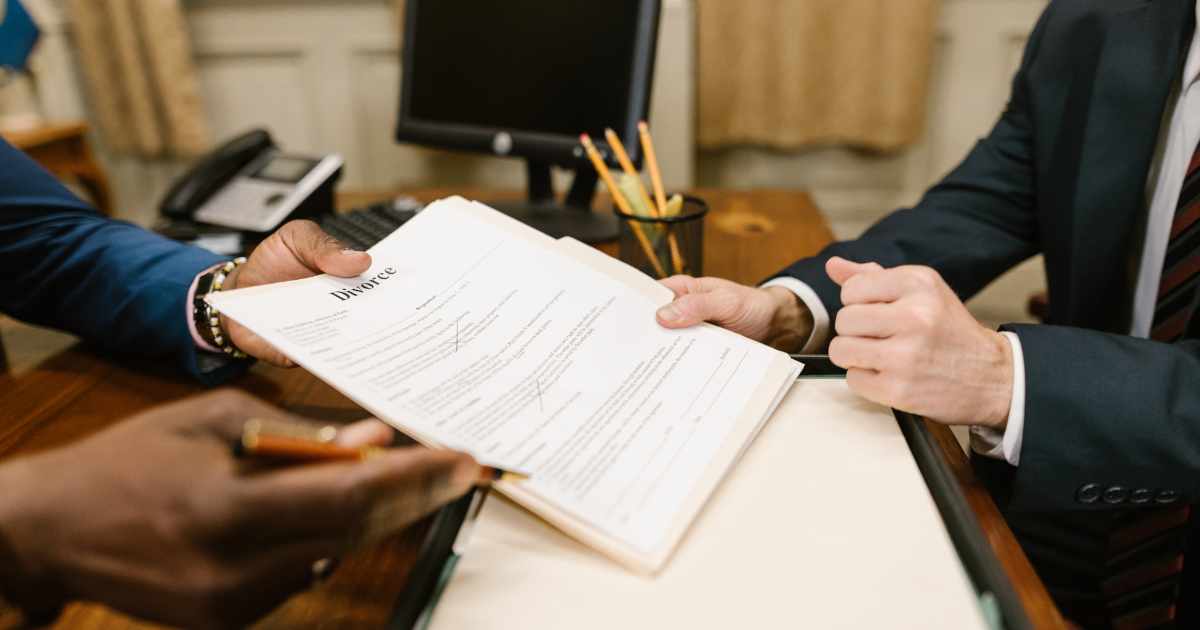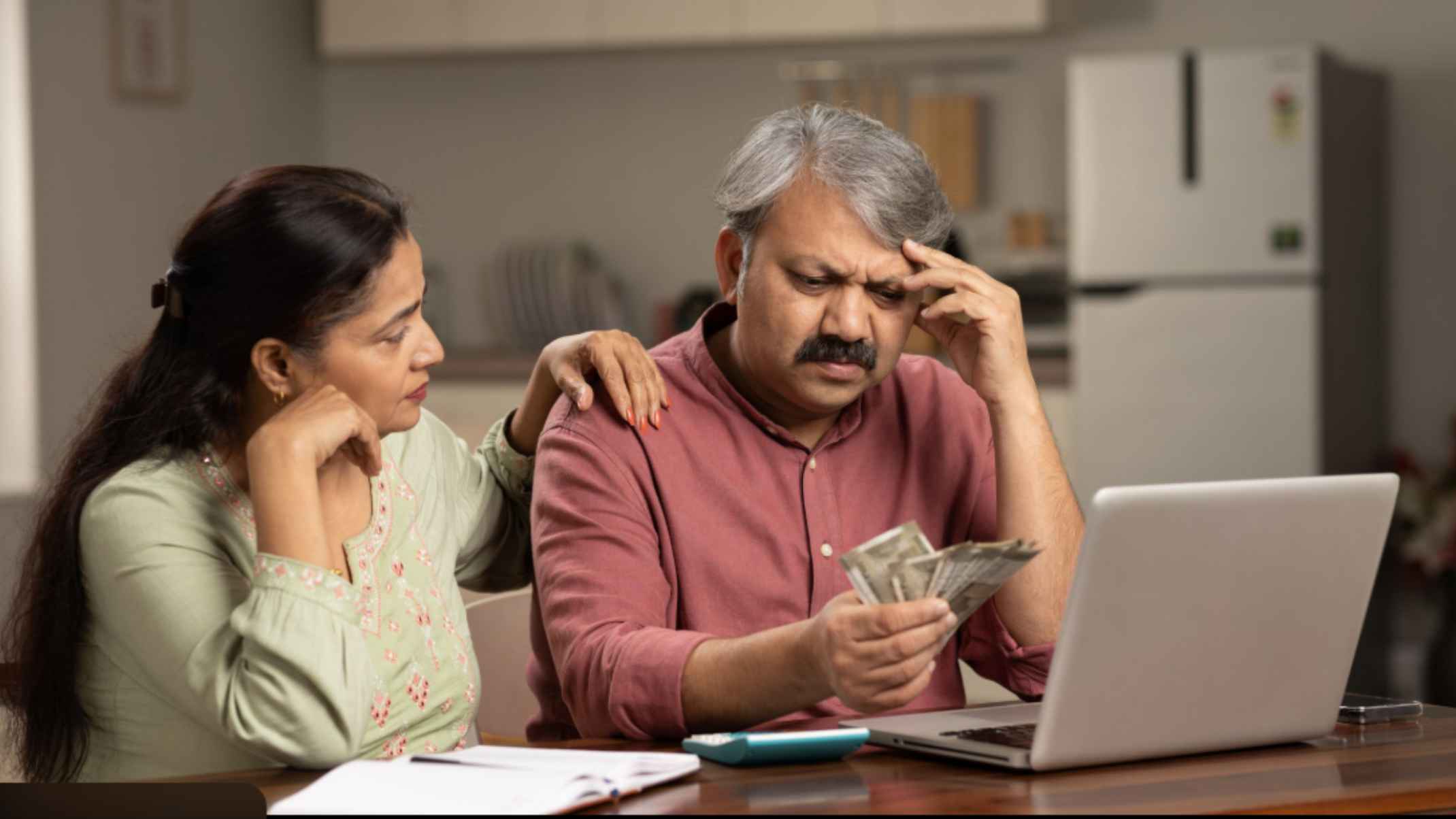· Credit Card Law & Debt Relief · 3 min read
How to Get a Legally Binding Credit Card Settlement Agreement?
Learn how to secure a legally binding credit card settlement agreement in India and protect yourself from future claims, harassment, or legal issues.

Understanding Credit Card Settlement
In India, settling a credit card debt may offer relief to stressed borrowers, but only if the settlement is properly documented. Many assume that once the payment is made, the matter ends. Unfortunately, that’s not always true. Without a legally binding agreement, lenders or agencies may revive the debt or report defaults later. This blog helps you ensure your settlement is legally airtight.
What Is a Credit Card Settlement?
A credit card settlement means the bank agrees to accept a reduced amount as a full and final payment. For instance, you owe ₹1,00,000 and the bank agrees to settle it at ₹60,000. But unless this deal is backed by written, signed documentation, future disputes can arise.
Key Elements of a Legally Binding Settlement Letter
Ensure your settlement letter includes the following:
Full and Final Settlement Clause
The letter must clearly state that the agreed amount is accepted in “full and final” settlement. Avoid vague terms like “partial waiver.”Amount and Payment Terms
It should mention the exact settlement amount, payment date, and the number of instalments (if allowed). Prefer traceable payment modes like NEFT, UPI, or cheque.Balance Waiver Clause
Any remaining balance must be officially written off. This prevents the lender from pursuing future claims.Authorised Signatory
The letter must be signed by an authorised officer of the bank or NBFC, not just any recovery agent. Ask for an official ID if needed.Letterhead and Reference Number
Always insist on a formal letter on the bank’s letterhead, including the date, reference number, and your account or card number.How to Verify the Settlement Letter
Call the official customer care number (not an agent’s).
Request the letter via the bank’s official email ID.
Ensure physical letters bear a bank stamp or seal.
Verbal agreements or WhatsApp chats are not legally valid.
What to Do After Payment
Keep these records safely:Settlement letter
Proof of payment (UTR, transaction ID)
Email confirmations or signed receipts
No Dues Certificate, if possible
For cash payments (not recommended), get a signed receipt with a revenue stamp.
If the Bank Revives the Old Debt
Some borrowers face these issues even after settling:CIBIL report still shows “written-off” or “settled”
Collection calls resume
Legal notices are sent for waived amounts.
What You Can Do:
Complain to the lender’s grievance cell
File with the RBI Ombudsman at cms.rbi.org.in
Approach the Consumer Forum under the Consumer Protection Act
File a police complaint under the IPC for harassment or intimidation if agents persist.
Conclusion
Credit card resolutions offer financial relief to you only when backed by clear, written, and legally binding agreements. Avoid vague or verbal settlement promises of discussion; there needs to be proof of the settlement agreement. Stay vigilant, document everything, and know your rights under the RBI rules and consumer law. A little care at the time of settlement can save you years of stress and future harassment.Ask ChatGPT


.uy1zbgu3.jpg)
